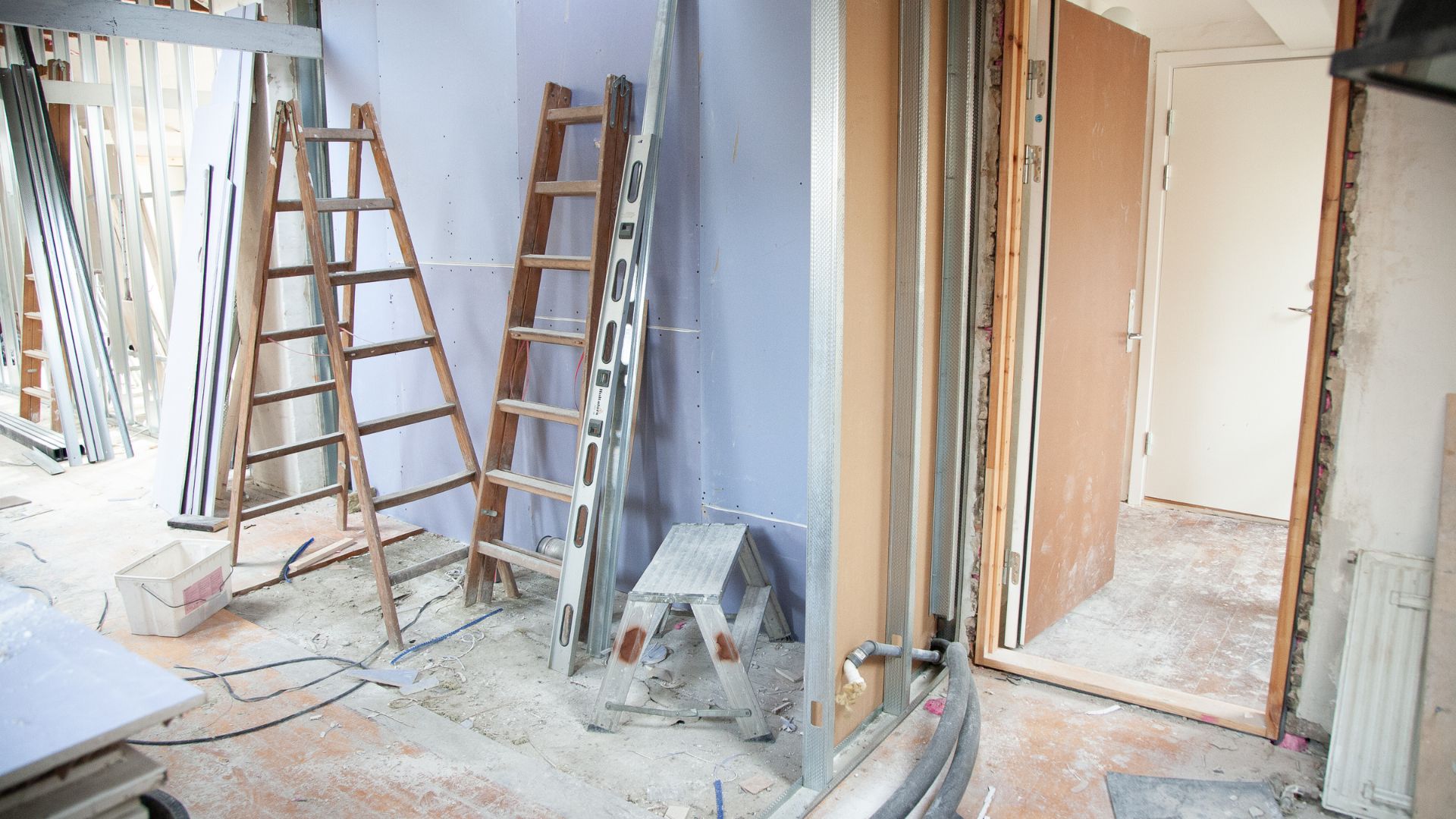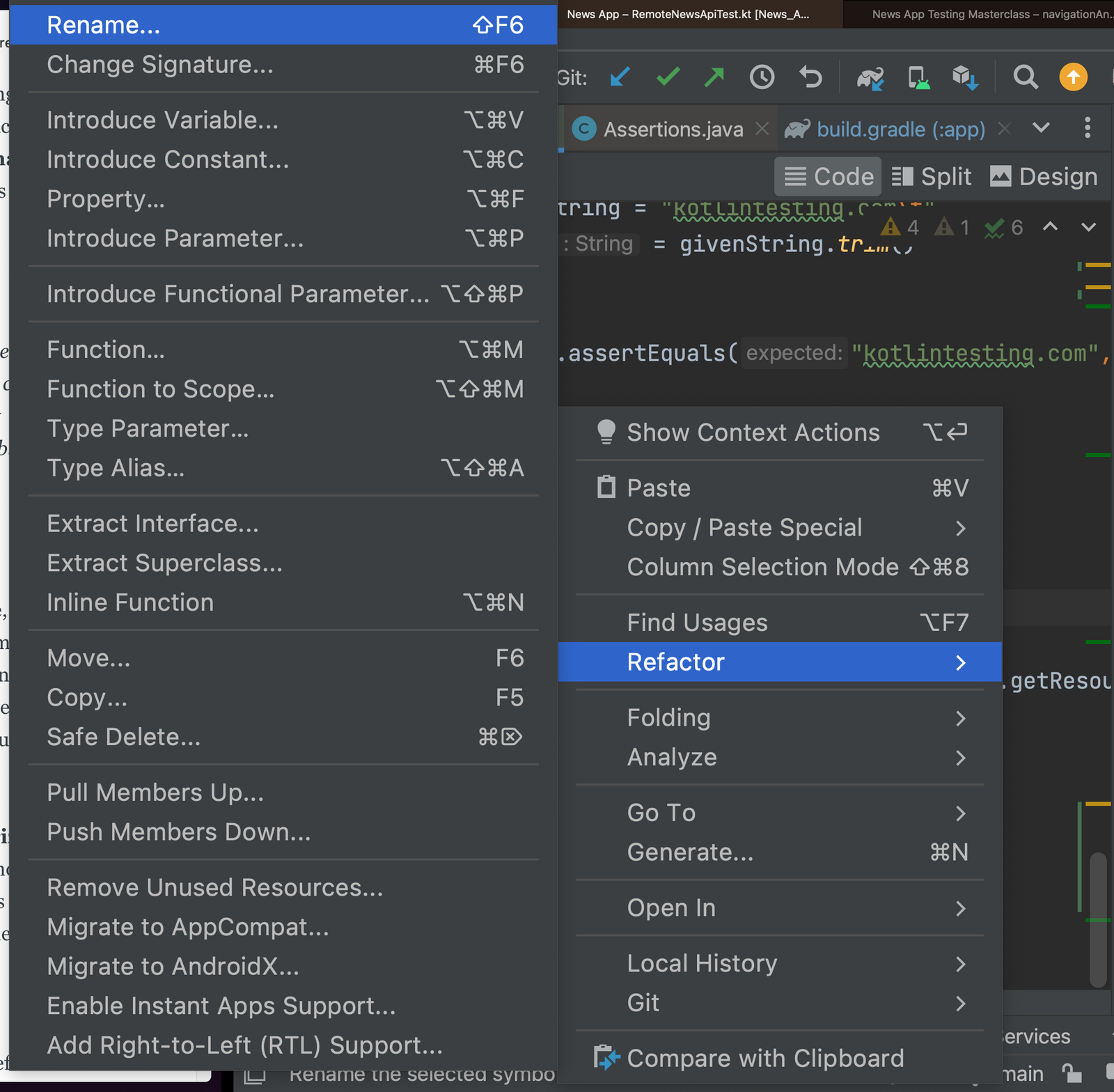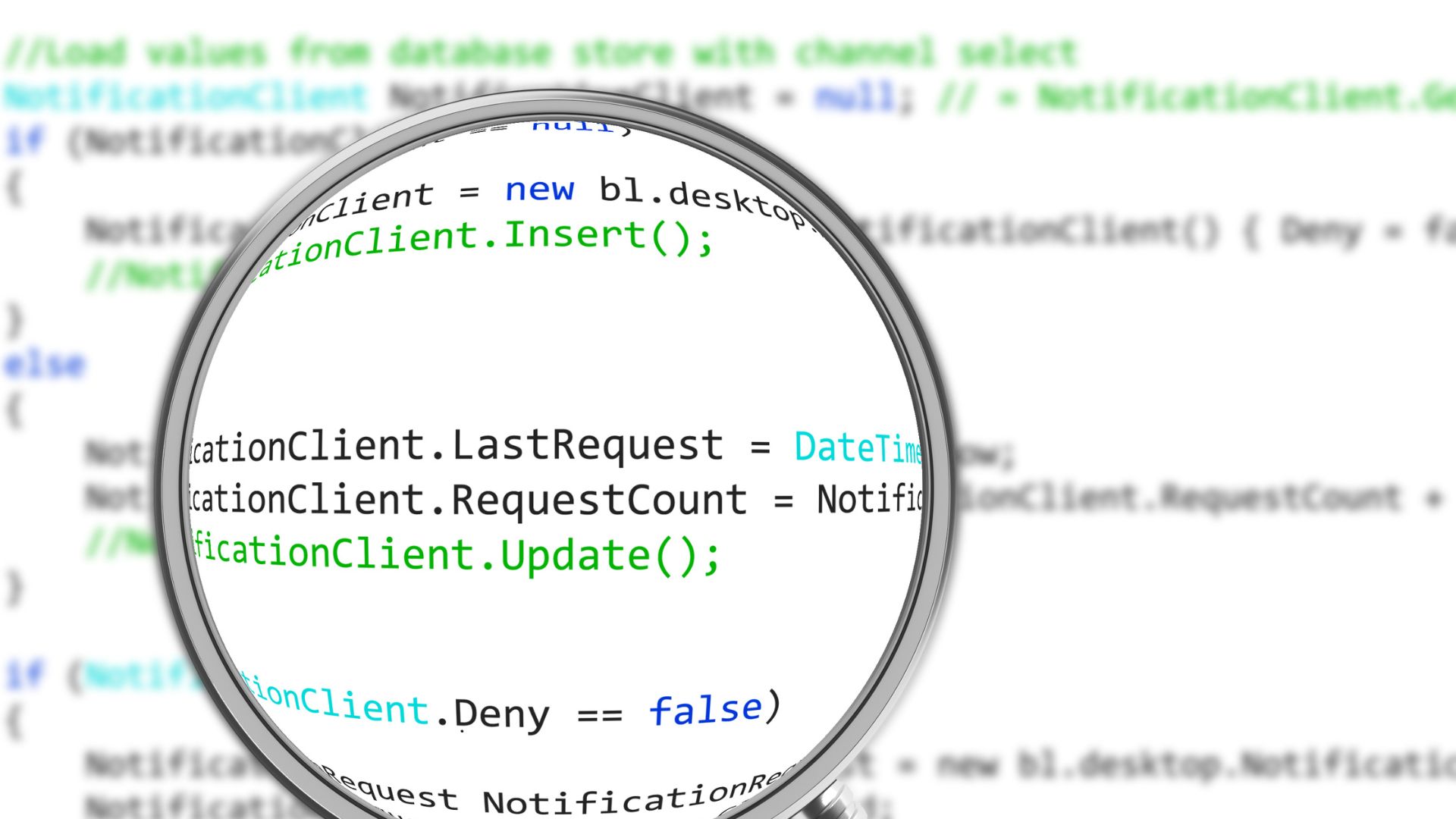Job interviews in the tech world have evolved. Gone are the days when a candidate’s worth was measured by their ability to regurgitate textbook answers. Gone are the days when we were asked “which animal are you?”.
I recently had an opportunity to lead hiring process for mobile engineering team for my clients company. This series is brain dump from that experience.
Today, it’s about the fit—how they mesh with your team, how they solve problems, and how they communicate. Here’s a deep dive into making your interview process reveal the true colors of a candidate.
The Conversational Interview
First up, rethink the interview. It’s not a quiz; it’s a conversation. Start by tossing out those encyclopedic questions. You’re not looking for a walking textbook.
During the interview, remember to keep things human. A calm atmosphere can really make a difference. It helps candidates show their true selves and feel at ease. After all, you’re looking to add a person to your team, not just a skill set. Keeping the vibe relaxed and friendly encourages open conversation and genuine connections.
Start by asking about their past experiences. What projects have they worked on? What obstacles have they encountered, and how did they overcome them? What are those little development tricks they’re proud of? This approach opens up a real dialogue, giving you insight into not only their technical skills but their thought process and creativity.
This conversational style does more than assess technical know-how; it gives you a glimpse into the candidate’s personality. How do they describe their challenges? With enthusiasm for the problem-solving journey, or with a hint of lingering frustration? Do they talk about teamwork and collaboration, or do they focus solely on their individual contributions? These nuances offer clues about how well they’ll fit into your existing team dynamic.
Pair programming
Now, for the pair programming session. This is where the rubber meets the road. Forget sending them off with a homework assignment. Real-time coding alongside one of your developers reveals much more. It’s not just about whether they can code—it’s about how they think, how they handle on-the-spot feedback, and how they collaborate to solve problems.
Yes, pair programming can be more stressful, especially for junior devs who might not be used to coding with an audience. But it’s a valuable stress test. How someone handles pressure is telling. Plus, it’s a two-way street. They get a taste of what it’s like to work with your team. Are they receptive to feedback? Can they communicate their thought process clearly? Do they play well with others? This session is as much about them finding their fit with your team as it is about you evaluating their skills.
What to do during pair programming session?
Consider choosing a bug fix in a project that closely mirrors your actual work projects. This setup doesn’t just test their coding skills but also immerses them in the kind of challenges they’d face on the job. It’s a practical peek into their troubleshooting process, their ability to navigate unfamiliar code, and how they apply their knowledge in real-time scenarios.
Plus, it gives them a tangible sense of the work they’ll be diving into, making the experience mutually beneficial. Observing how they tackle the bug, from understanding the problem to implementing a solution, provides invaluable insights into their fit for your team and the projects at hand.
It’s about communication
Remember, throughout this entire process, you’re assessing how they communicate. And they’re doing the same with you. They’re picking up on how your team works together, the kind of support they can expect, and whether your company culture is one where they can thrive. It’s your chance to showcase the environment you’ve built and the values you uphold.
But here’s the kicker: communication goes beyond just talking. It’s about listening. Pay attention to the questions they ask. Are they curious about your processes, the team structure, or the company’s future plans? Their questions can be just as revealing as their answers, providing insight into what they value in a workplace.
Improve your process
Keeping the interview process consistent across candidates is key. It ensures everyone gets the same shot at showing what they’ve got. Stick to a set framework for each part of the interview, but stay flexible enough to let individual strengths shine. This way, you fairly compare candidates while tweaking the process as you learn what works. It’s about being fair, getting better with each interview, and drawing in the best talent.
Conclusion
Wrapping this up, forget the old-school interrogation-style interviews. Embrace a process that’s all about fit—fit with the team, fit with the company culture, and fit with the future you’re building. Through conversational interviews and pair programming sessions, you get to see the real candidate. And they get to see the real you.
So, ditch the checklist. Focus on the interaction. Because at the end of the day, you’re not just hiring a set of skills. You’re inviting someone into your team. Make sure they’re the right fit, and let them see why you’re the right fit for them, too.




